Broccoli — a powerhouse of nutrition and a staple in kitchens around the world — doesn’t just appear magically in grocery stores. Behind every fresh green floret lies a fascinating world of advanced farming, cutting-edge technology, and precise agricultural science. Modern broccoli farming has evolved far beyond manual labor, incorporating smart systems, automated machinery, and sustainable growing methods that boost both yield and quality.
In this blog post, we’ll explore how farmers harvest tons of broccoli using high-tech farming and processing techniques — from planting and nurturing the crops to automated harvesting and efficient post-harvest handling. Whether you’re a farming enthusiast, a student of agriculture, or just curious about where your food comes from, this in-depth look at broccoli cultivation will open your eyes to the future of farming.
1. Understanding Broccoli: A Green Marvel of Nutrition
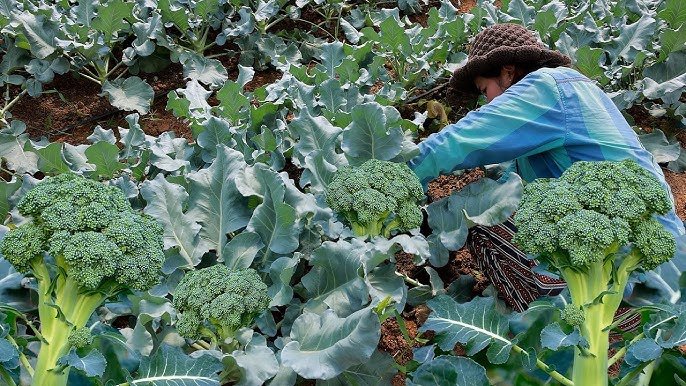
Before diving into the technology, it’s important to understand what makes broccoli such a valuable crop. Belonging to the Brassicaceae family (alongside cabbage, kale, and cauliflower), broccoli thrives in cool climates. It’s rich in vitamins C and K, fiber, and antioxidants, making it a top choice for health-conscious consumers worldwide.
Global demand for broccoli has surged in the last two decades due to growing awareness of its health benefits. To meet this rising demand, farmers have turned to modern, high-tech cultivation systems that maximize efficiency and minimize waste.
2. Preparing the Land: Precision and Science at Work
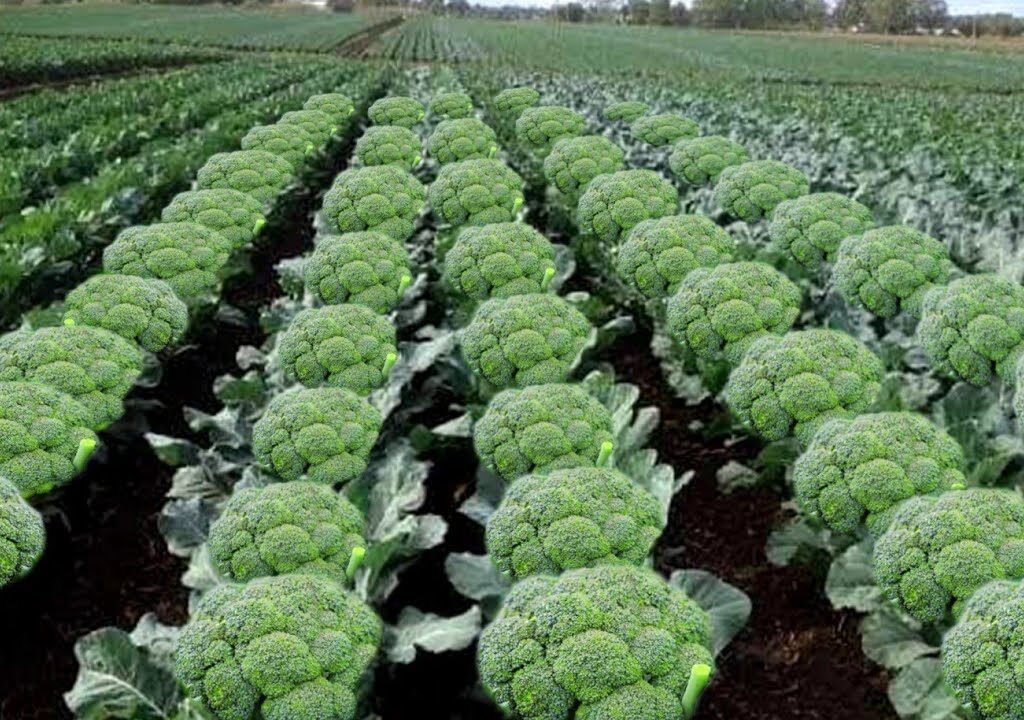
Broccoli farming begins with meticulous soil preparation. Traditionally, farmers relied on manual tilling and guesswork, but now, GPS-guided tractors and automated soil sensors are used to ensure perfect field conditions.
These technologies measure soil pH, moisture, and nutrient levels in real time. Based on this data, farmers can make accurate decisions about fertilizer and irrigation schedules, ensuring optimal plant growth from the very beginning. This method reduces resource waste and enhances sustainability — a vital goal for modern agriculture.
3. Seed Selection and Planting with Technology
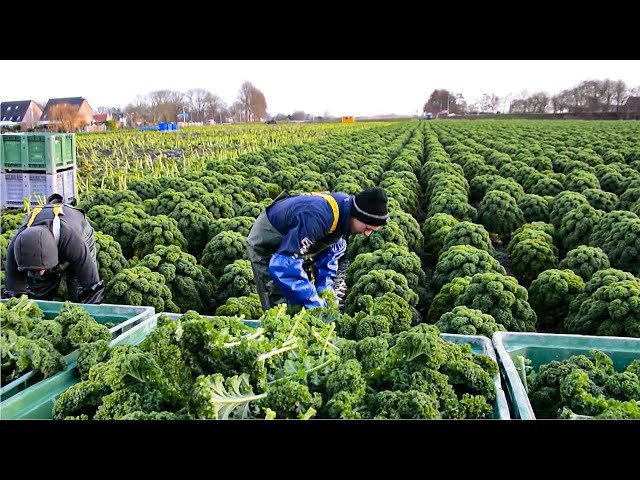
Today’s broccoli farming uses hybrid seeds designed for disease resistance, uniform growth, and faster maturity. Farmers employ mechanized seeders that plant thousands of seeds per hour at consistent depth and spacing.
Some large-scale operations even use automated transplanters that can handle young seedlings with robotic arms, ensuring that each plant is placed perfectly in the soil. This technology not only saves time but also ensures even crop development, which is crucial for synchronized harvesting later on.
4. Smart Irrigation Systems for Efficient Growth
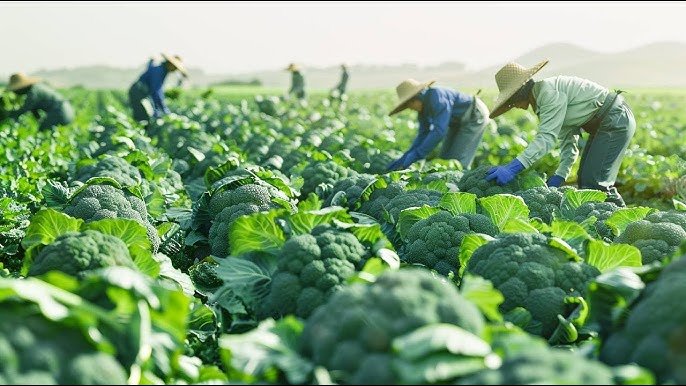
Water management is critical for broccoli farming, as both overwatering and underwatering can severely impact yield and quality. High-tech farms rely on drip irrigation systems integrated with IoT-based smart controllers.
These systems monitor soil moisture and weather data continuously, delivering just the right amount of water directly to the plant roots. Automated irrigation not only conserves water but also prevents soil erosion and nutrient leaching.
In greenhouses and hydroponic setups, nutrient film techniques (NFT) and aeroponic systems provide an even more controlled environment, where water and nutrients are recycled efficiently, reducing waste to near zero.
5. Pest and Disease Management Using AI and Drones
Broccoli crops are vulnerable to pests like aphids, cabbage worms, and diseases such as clubroot. In modern farms, AI-driven cameras and agricultural drones play a vital role in early detection.
- Drones capture high-resolution images of large fields.
- AI systems analyze these images to identify problem areas — detecting discoloration, pest attacks, or stress patterns invisible to the naked eye.
- Once identified, targeted spraying drones or autonomous tractors apply bio-based pesticides precisely where needed.
This approach reduces chemical use, safeguards beneficial insects, and keeps the produce eco-friendly.
6. High-Tech Fertilization: Feeding the Crop Intelligently
Fertilization has also gone digital. Smart fertilizer injectors work hand-in-hand with irrigation systems, adjusting nutrient supply automatically based on the plant’s growth stage.
In large-scale broccoli operations, fertigation systems — which mix fertilizers with irrigation water — ensure even nutrient distribution. Sensors continuously monitor plant health and soil fertility, ensuring that broccoli receives the ideal balance of nitrogen, phosphorus, and potassium.
Such technology-driven precision helps farmers grow stronger, healthier crops with larger, denser heads — the key to high market value.
7. Harvesting Tons of Broccoli: The Role of Automation

Harvesting broccoli used to be one of the most labor-intensive stages of production. Each head had to be cut by hand at just the right time — when it was firm, compact, and fully matured.
However, high-tech farming has revolutionized this process. Modern farms use automated broccoli harvesters equipped with AI-powered vision systems. These machines can detect mature heads, cut them cleanly, and collect them efficiently without damaging the plants.
Some advanced models even separate the broccoli heads by size and quality during the harvesting process. This reduces manual sorting time and ensures consistent quality before packaging.
8. Post-Harvest Processing: From Field to Market
After harvesting, the broccoli enters a sophisticated post-harvest chain designed to preserve freshness and extend shelf life.
- Cleaning and Cooling:
Broccoli heads are washed in cold, chlorinated water to remove dirt and bacteria. Immediately after washing, they undergo hydro-cooling or vacuum cooling to rapidly bring down the temperature, locking in freshness. - Grading and Sorting:
Automated conveyor belts equipped with cameras and weight sensors grade broccoli according to size, weight, and color. - Packaging:
Packaging is often done using robotic arms in a controlled environment to minimize human contact. Modified atmosphere packaging (MAP) is used to extend freshness during transport. - Transportation:
GPS-tracked refrigerated trucks ensure that broccoli reaches supermarkets and processing plants while maintaining the perfect temperature.
Every step of this post-harvest process combines precision engineering and automation — proof of how technology ensures consistent, high-quality produce.
9. Sustainability and Environmental Benefits
High-tech broccoli farming isn’t just about higher yield — it’s also about sustainability. The integration of smart sensors, data analytics, and automated systems allows farmers to:
- Reduce water usage by up to 40% through precision irrigation.
- Cut chemical inputs with AI-guided pest control.
- Lower carbon footprint with energy-efficient machinery.
- Minimize waste via digital monitoring and better planning.
In some cases, farms also use renewable energy sources like solar panels to power irrigation pumps and robotic systems, making the entire production cycle greener and more efficient.
10. The Future of Broccoli Farming: Fully Smart Farms
Looking ahead, the future of broccoli cultivation is moving toward fully automated “smart farms.” These farms integrate robotics, machine learning, and big data analytics to monitor every aspect of production — from planting to packaging.
Vertical farming systems are also gaining attention, especially for urban areas, where broccoli and other leafy vegetables can be grown hydroponically in stacked layers indoors, independent of weather conditions.
With advancements in AI-driven predictive analytics, farmers can now forecast yields, detect problems early, and optimize every resource — leading to sustainable, high-volume broccoli production.
Conclusion
From humble garden patches to vast automated fields, the journey of broccoli cultivation showcases the perfect marriage of nature and technology. High-tech farming has transformed how we grow, harvest, and process this green superfood — ensuring not only abundance but also quality and sustainability.
The next time you enjoy a serving of fresh, crisp broccoli, remember the innovation behind every bite. It’s not just a vegetable — it’s a symbol of modern agricultural brilliance and human ingenuity.
Broccoli farming has gone high-tech — and the results are nothing short of amazing.
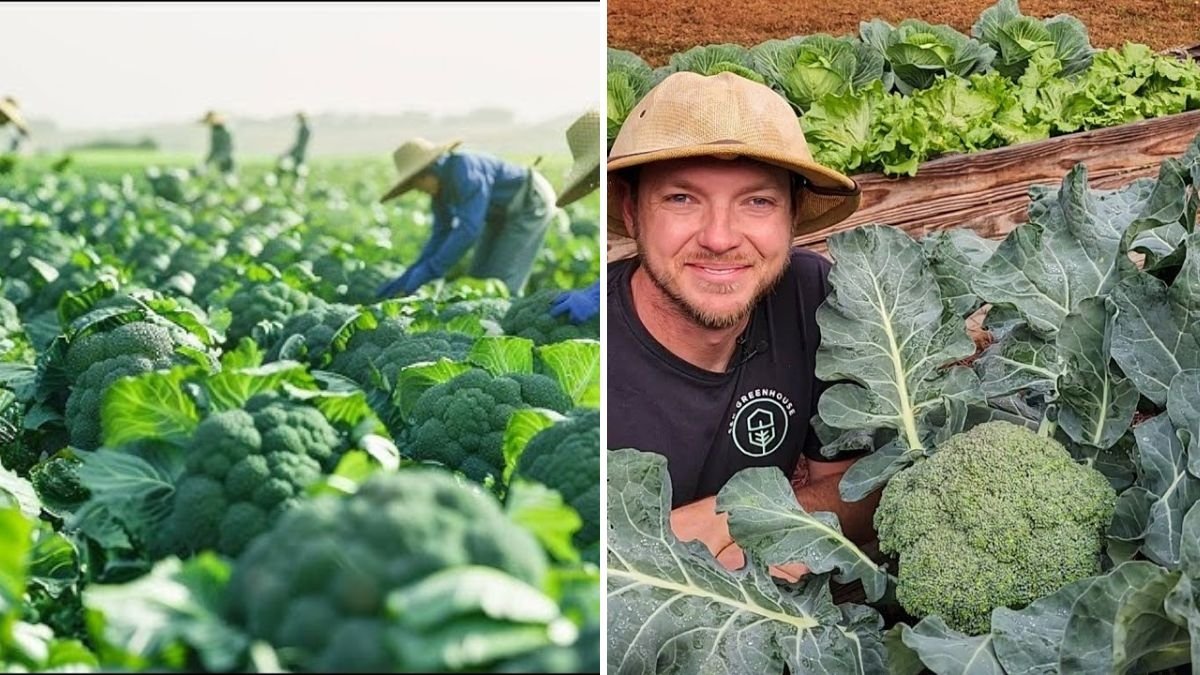
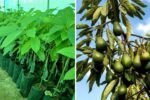
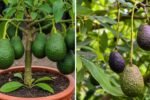
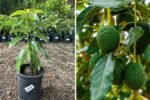


Leave A Comment